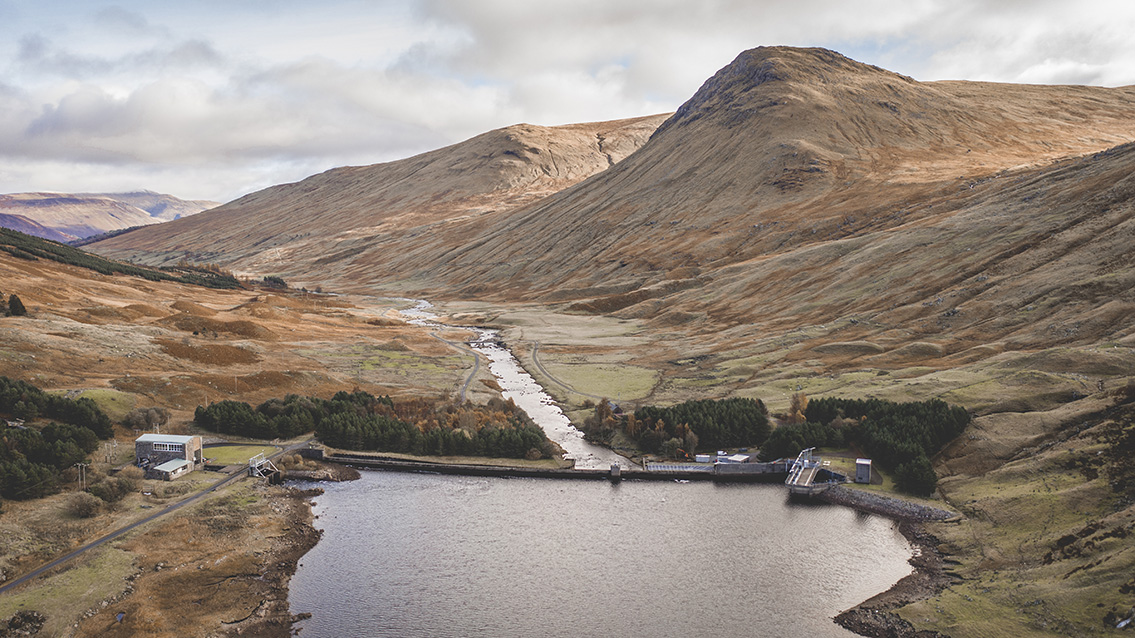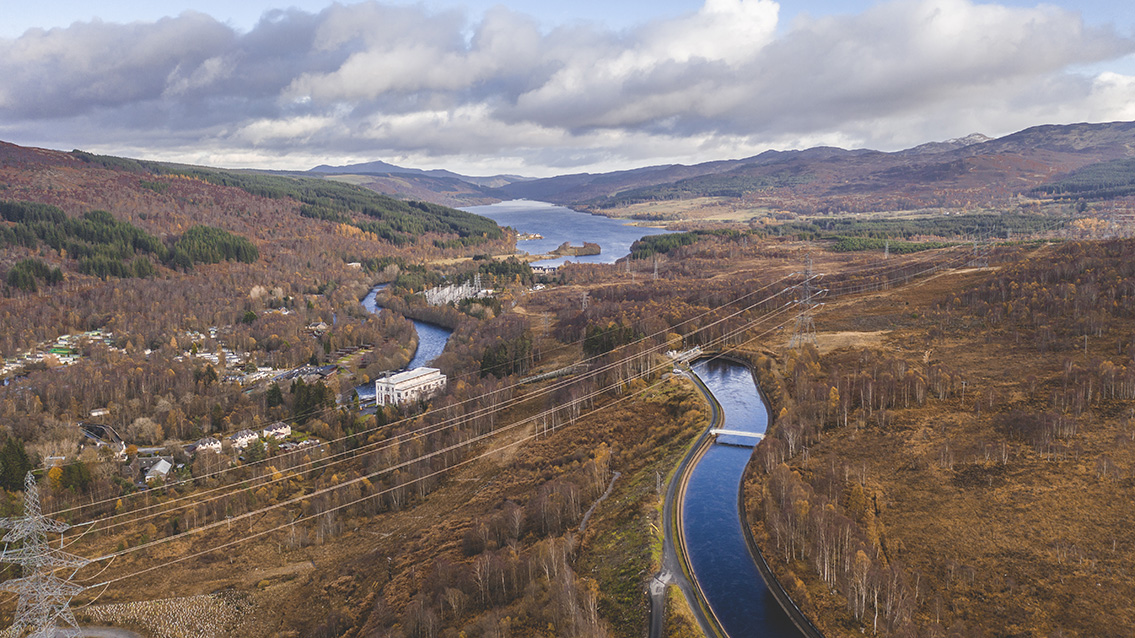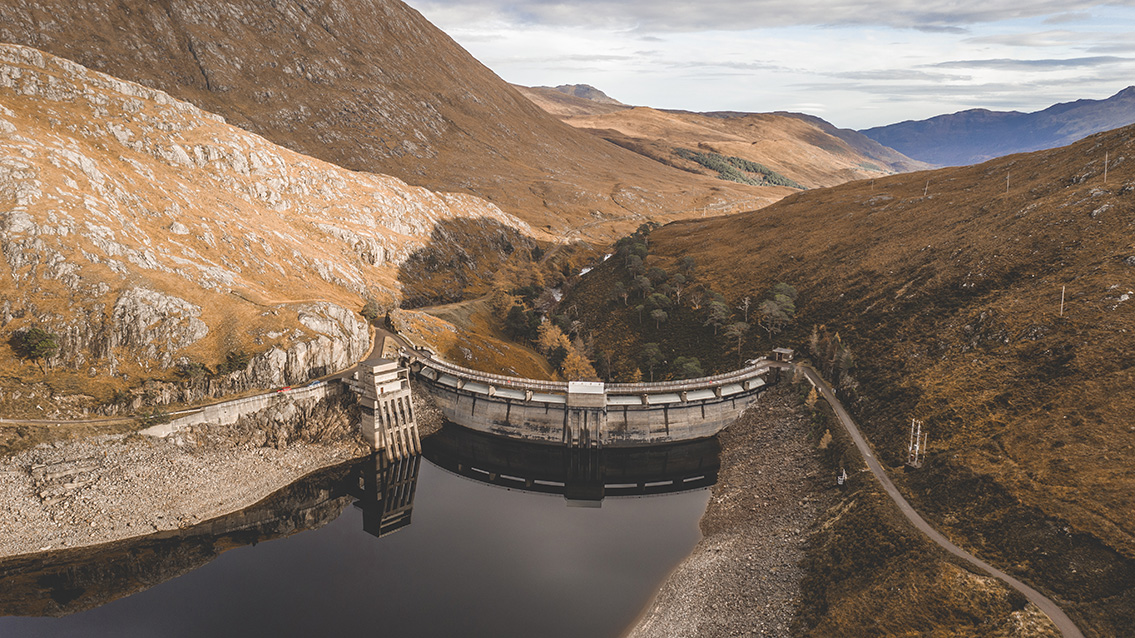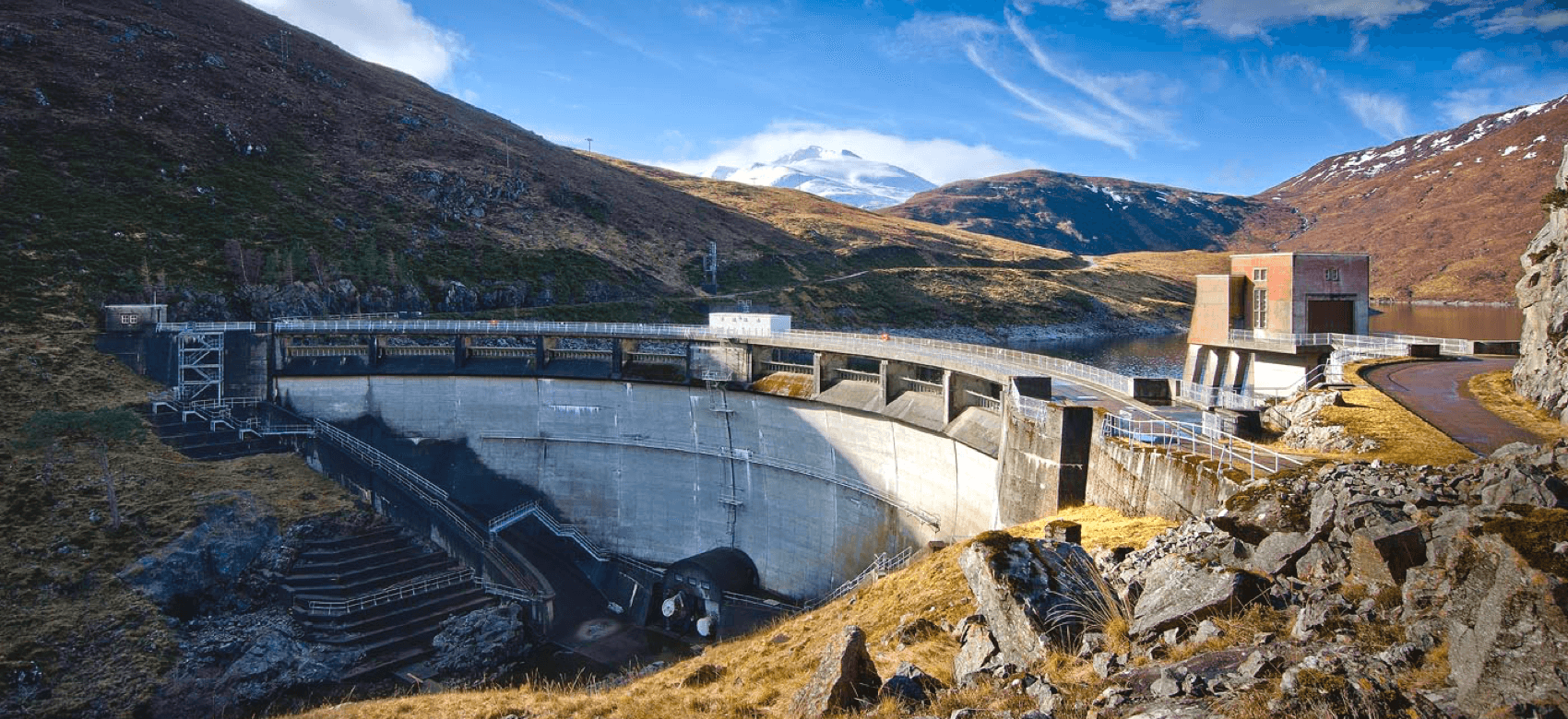Discover Britain's biggest battery
A series of short films exploring how we’re harnessing hydro power for a net-zero future.
Hydro power is Scotland’s original source of renewable energy and one which has an increasingly vital role to play in our path to achieving net zero carbon emissions by 2045.
As we move towards an electricity system with ever greater levels of more intermittent forms of renewable energy, hydro’s ability to store its main fuel source, water, and its flexibility to generate power when needed by the grid will be increasingly important.
To highlight hydro’s role in tackling climate change we’ve created a tour of our hydro business.
The tour explains the basics of hydro power generation, takes you inside some of our hydro power stations, looks at how we manage our environmental responsibilities and examines how the use of digital technology can help drive the next generation of hydro.
Film 1 : Introducing our virtual Hydro Tour
Find out what to expect from our series on Britain’s Biggest Battery.

Film 2 : The Basics of Hydro Power
Learn about the different forms of hydro power and how they work.

Film 3 : Inside our Hydro Power Stations
Take a trip inside four of our hydro power stations and see how they connect together to form Britain’s Biggest Battery

Film 4 : The Role of Hydro in Combating Climate Change
Hear how we safely manage our main fuel source, water, while also protecting the natural environment.

Hydro schemes and how they work
Find out more about how our Pumped, Storage and Run of River hydro schemes work by clicking below.




